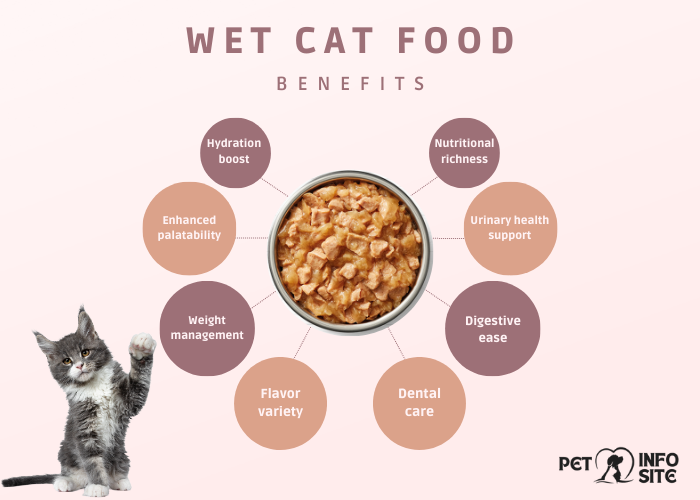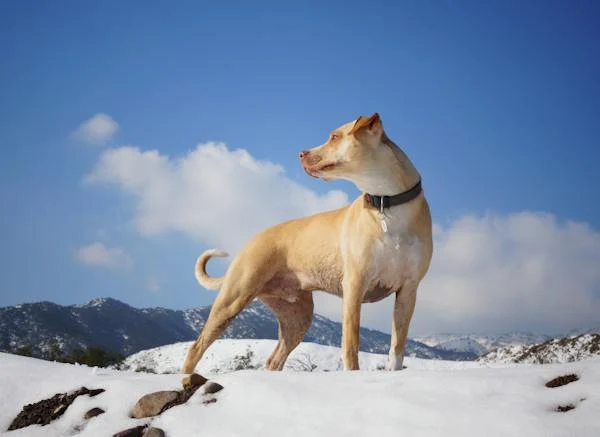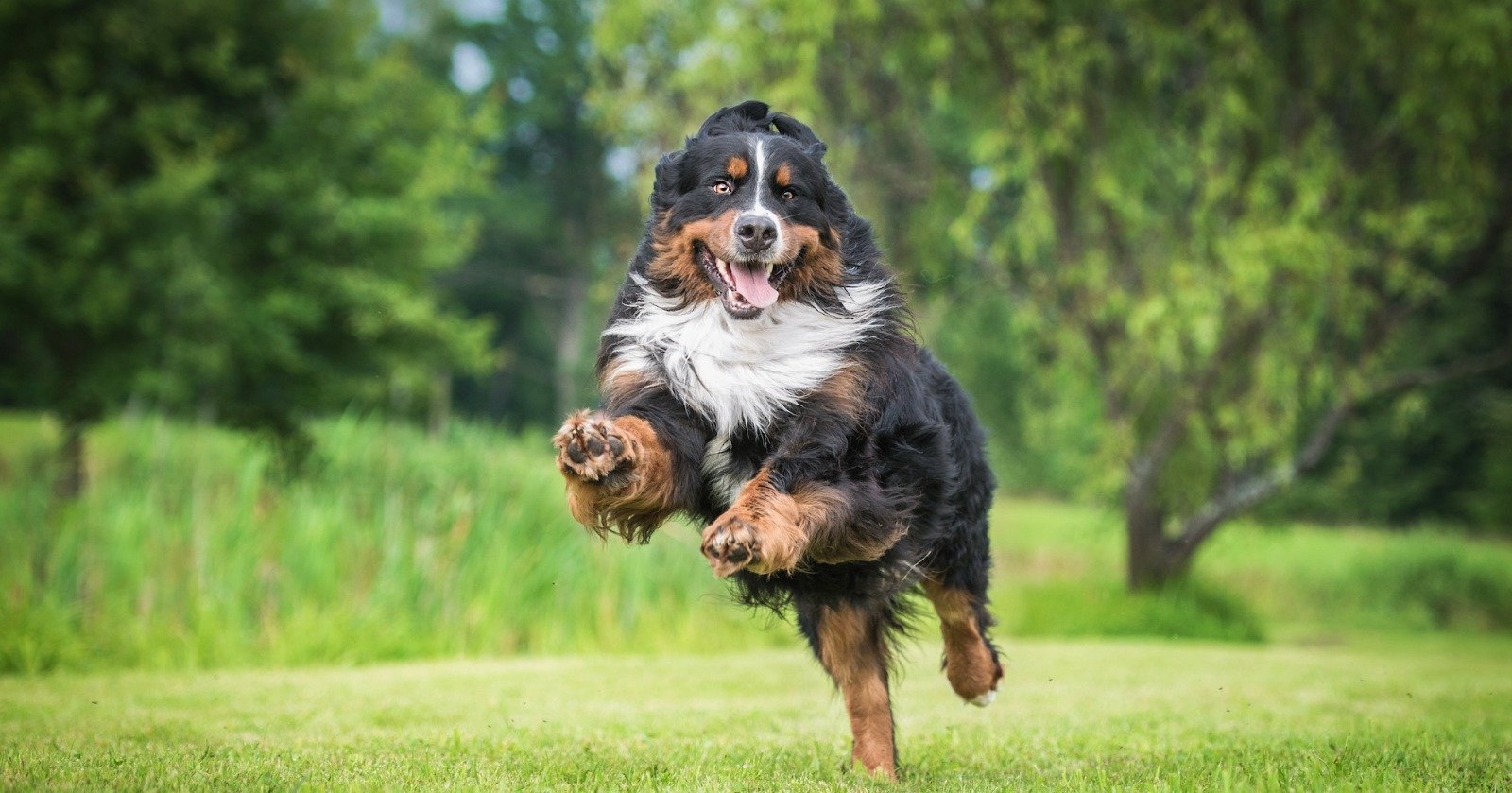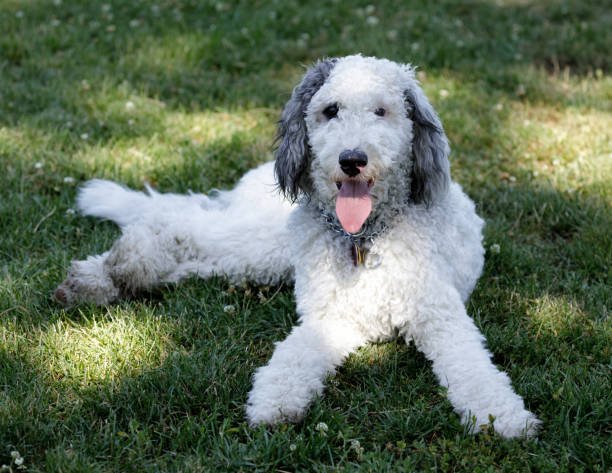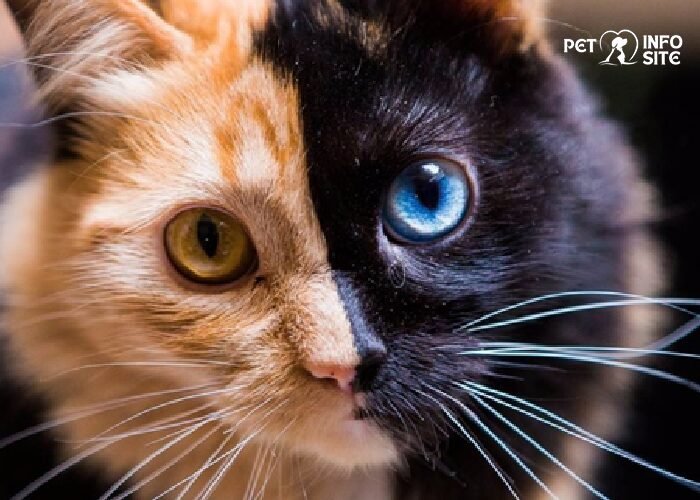Wet Cat Food: Advantages
Cat owners are always doing their best to provide the best nutrition possible for their feline friend, and of course, one of the most important aspects of cat care is selecting the right food. Several alternatives exist, and wet cat food is outstanding in many ways, this is what contributes to its popularity around the globe among cat owners.
Improved Hydration
First of all, one of the positive sides of wet cat food is its high moisture content. Cats are well-known for having a low water drive, and in some cases, this can result in dehydration, especially in dry climates or those cats with certain health conditions. The wet food eliminates this challenge by offering cats another way to obtain hydration beyond just drinking water. Wet food with moisture content is a pivotal part of urinary tract health as well as kidney function because it is very crucial for the overall health of the body.
Enhanced Palatability
Yet another benefit of this delicacy for cats is that it is tastier for them. The temptation of wet food’s aroma and supple texture for them as obligate carnivores is an instinctive response. Meat or fish smell that comes from wet food can be a temptation for even the most fastidious pet. It can make this mealtime more pleasant for both cats and their owners too.
Dietary Variety
Even though life needs some taste of spice for enhancement, the same applies to the diets for cats. Wet cat food has a variety of flavors and formulations so that whatever your cat’s taste and dietary requirements are, you will find the right food for them. Maybe your pet is a chicken fan, loves seafood, or is an adventurous eater – there is a wet food recipe to satisfy all her needs. Moreover, some wet food companies manufacture specialized formulations for kittens, senior cats, as well as cats that need nutrition for certain health conditions to ensure that every kitty receives the nutrients it needs at its various stages of life.
Nutrition Fact of Wet Cat Food
A cat can live on dry food only, but it is better to feed her wet food. Wet food provides additional nutritional benefits that can promote the cat’s health.
Protein Content
The protein makes a basis of cat diet, for they need more protein in their body than most of the mammals do. The provisional protein content in wet food is higher than in dry food with animal sources providing the main source of protein such as meat, poultry, and fish. These protein-rich ingredients help build and maintain muscles, energy reserves, and the general health of the feline community.
Moisture Content
This outcome has been mentioned before; due to wet cat food which is served in a wet form cats get to consume enough water averting infections of the urinary system and kidney complications. While moisture is vital to the cat’s health, having a drink regularly is dangerous for cats that easily develop urinary crystals or kidney issues. Therefore, wet food is the only way for a pet to get more water that besides increasing its daily water intake can help the urinary tract.
Essential Nutrients
In addition to proteins and water content, wet cat food contains other nourishing vitamins, minerals and amino acids which are vital for the growth and general well-being of a cat. It contains a combination of taurine, a cat’s essential amino acid for the heart and vision and omega 3 and omega 6 fatty acids that enhance the cat’s skin and coat. Wet food is when you feed your pet you give it a right balanced diet which makes your pet healthy and have a long life span.
Choosing the Right Wet Cat Food
When getting the appropriate canned food for your cat you must consider the following factors so that the feline friend can get a good nutritional value as they eat.
Consideration of Cat’s Age
Cats have different nutritional needs depending on their age that is when they are kittens, adult cats, and senior cats. It is known that the food for kittens must include a larger amount of proteins and calories because of their physical activity and growth; besides the food for senior cats might require additives that will support the joints and muscles. When it comes to using wet cat food keep in mind that there are wet cat food formulations made for different ages of cats, it is therefore important that you choose a wet cat food that will be appropriate to your cat’s age.
Dietary Requirements
Besides, age, you should also take into consideration your cat’s diet restrictions or any other peculiarities. Certain cats may be sensitive to food or have specific allergic reactions to other components like grains or poultry. Some people may need special meals due to their chronic diseases like obesity, diabetes, or urinary health disorders. Discuss with your vet as to which wet cat food is best for your cat given his or her conditions or state of health.
Ingredient Quality
In wet cat food, the issue of quality of the ingredients used also varies depending on the brand or the formulation. Choose products that contain good quality real and whole food ingredients with meat or fish as the main protein. Eschew products with fillers, artificial flavors, colors, and preservatives because such ingredients are empty calories and are destructive to the cat’s body in the long run.
Common Ingredients in Wet Cat Food

Wet cat food always has moist content and usually incorporates a blend of protein, carbohydrates, fats, vitamins, and minerals to serve as a cat’s nutritious meal. Knowing the components often used in wet foods will enable one to choose the most appropriate food for the cat.
Meat and Animal Derivatives
Most of the ingredients in wet cat food are mainly anywhere from ninety to hundred percent meat or a by product of it, for instance, chicken, beef, turkey, or fish. These proteins are the core means by which a cat’s nutritional needs may be met in supplies of amino acids for muscular structures’ construction, and renewal. It is good to check wet food labels and ensure that the named meat sources are among the first ingredients so that cats’ protein intake is good.
Grains and Vegetables
Cats are obligate hunters as well and thus should be fed animal-derived protein. As aforementioned some wet cat foods may have grains or vegetables in their formulation; however; they are usually incorporated as supplements to the cat’s diet. These fats are the suppliers of energy and fiber but the cat in comparison to other meats cannot properly digest plant matter. If your pet is prone to food sensitivity or has gastrointestinal issues, it is advisable to use grain-free or limited ingredient wet food brands enriched with animal protein and containing less of the other extras.
Additives and Preservatives
Many wet cat foods contain additional ingredients and preservatives to boost the taste as well as the cat’s natural inclination to avoid dry foods. Some additives can be harmless to health and include nutritional value to the diet while others can be lethal or trigger some sort of allergic reactions in the affected cats. Try to steer clear from wet foods with Kunstfarben, Geschmacksstoffe & konservierende Mittel from time to time and stick to natural and least processed products as much as you can to provide the best diet to your cat.
Potential Drawbacks
Although most people prefer wet cat food due to all the advantages, it is vital to be quite objective and mention the disadvantages of this type of diet to be able to make the right choice concerning your cat’s feeding.
Cost
This means that for the same amount of serving, wet cat food tends to be more expensive than dry cat food which is one of the reasons why wet food is expensive. It is imperative to note that while wet food is costlier than dry food it may be one of the aspects that those low income pet carers or those with many cats to feed consider. Nevertheless, many pet parents regard additional costs as their contribution to the cat’s wellness and comfort, as they do concerning the nutritional value of wet food and its taste.
Spoilage
Wet food may have a relatively shorter shelf life than dry cat food since it contains more moisture which when not appropriately processed and packed the food may go bad. Wet food in a can should be transferred to the fridge and consumed within a specific period to conform with the hygiene factor. Also, any wet food that has been exposed to room temperature should be disposed of if it has not been consumed and is still in the bowl. The wet food needs to be stored properly to retain its qualities and ensure its safety for your beloved pet.
Dental Health Concerns
It is seen that, individually, wet cat food cannot perform two functions of the dry cat food pack: feline can chew it stimulating dental health and it can clean the teeth of the cat as well. The wet food has a soft texture which occasionally may get stuck to the cats’ teeth and gums and thus promotes the build-up of the tartar. It is, therefore, recommended to begin introducing dental treats or brushing your cat’s teeth with its wet food for a healthy dental kitty.
How to Transition Your Cat to Wet Food
When thinking about changing your cat’s diet from regular dry food to wet food, it is advisable to transition gradually to allow it to adapt to the new diet. Follow these steps to transition your cat from dry to wet food smoothly:
Gradual Introduction
The first thing you would do is about half a teaspoon of wet cat food with the dry food that is usually fed to the cat, and then adjust the ratio of wet food for the cat from day to day or from week to week. This will help your cat gradually accept to eat wet food even though it has an odd texture and taste to accommodate without having to reset the digestive system.
Mixing with Dry Food
Since you are adding more wet cat food into the cat’s diet program, do not forget to always leave some dry food on the other hand. A cat might be fed with a wet and dry food combination, and at some point, the cat may eventually wean off the dry food and take only the wet one. Feeding both types of food enables the cat to get the intended nutrition while at the same time helping it phase off the current type of food.
Patience and Monitoring
During this time it is best to endure any changes patiently and carefully monitor your feline’s food consumption, activity level, and the status of the litter area. There are always some cats that may take a while to accept the change in diet, or flatly turn their nose up at wet food. Hence, giving them the ample time that they require and allowing them to develop that habit gradually. If your cat shows signs of fear and gastrointestinal issues, then it will be necessary to divide this process and contact a veterinarian.
Storage and Handling Tips
To ensure the safety and quality of wet cat food for your furry friend, follow these storage and handling tips:
Proper Refrigeration
Throw away any uneaten part of your canned or pouched wet cat food after opening. Otherwise, it will spoil. Store the remaining food in a tight-fitting container or cover the original packaging with plastic wrap to maintain its freshness. Except the wet food, make sure that it is kept away from room temperature for a long time since bacteria can multiply very quickly in damp areas.
Sealing Opened Cans
If you feed your cat wet food from a can, in case you open a can, move the leftovers to a clean and sealed container. This allows the food to stay fresher and prevents odors from dominating your fridge. Utilize a pet food storage container specifically designated for this purpose or use a glass/plastic container with a tight fitting lid to prevent wet cat food from spoiling.
Checking Expiry Dates
Before feeding your pet wet cat food, ensure to check the expiry date on the packaging to confirm its suitability for consumption. Immediately discard any food that has exceeded its expiry date or has spoiled. Consuming spoiled food can result in some form of gastrointestinal issue or food poisoning in cats. In the case of canned cat food make sure to put a preference for those with longer shelf life which will help to reduce the chances of early spoilage.
Conclusion: Embracing the Benefits of Wet Cat Food
In summary, wet cat food has many positive benefits on the health and well being of the cats. These include better hydration, increased palatability, and nutrition. When you know what is positive in wet food and what you need to be aware of, you can make wise decisions to give your feline a balanced and nutritional diet that fits their unique needs. Whether you are thinking of changing your cat’s diet to wet food or working on incorporating it into their current plan, appropriate storage, handling, and feeding methods are central to the process that will make this feeding option work for your pet and will keep him/her healthy and happy. Explore more about pet care and nutrition on Pet Info Site, your trusted source for all things furry friend related!
FAQs
Main benefits: Improved hydration, enhanced palatability, and nutritional value.
Exclusivity: Yes, but some cats may prefer a combination of wet and dry food.
Comparison: Both have advantages; wet food offers higher moisture content and palatability.
Transition: Gradually mix wet food into dry food over time.
Risks: Potential drawbacks include cost, spoilage, and dental health concerns.

